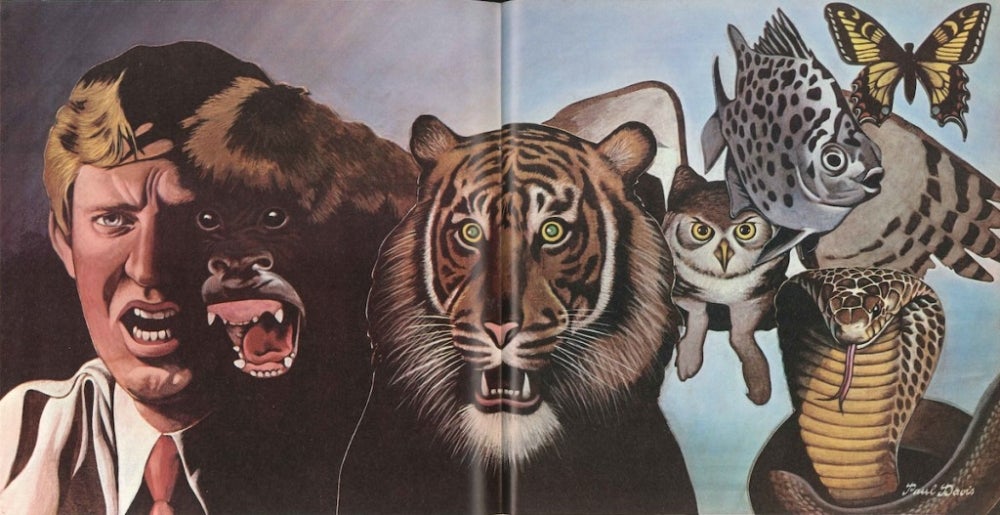
Human Nature and the Politics of Violence
Human nature contains the seeds of humanity’s destruction.
Or so it seemed to popular consumers of evolutionary theory in the late 1960s, who maintained that the essential quality distinguishing the human animal from its simian kin lay in our capacity to murder. This startlingly pessimistic view enjoyed particular currency in the United States between 1966 and 1975.
Even 10 years earlier, this vision of humanity would have struck many scientists as odd.
Science historian Erika Lorraine Milam will explore these and other ideas when she presents UC Santa Barbara’s annual Lawrence Badash Memorial Lecture. Milam’s talk, “Creatures of Cain: Human Nature and the Politics of Violence During the Cold War” will take place Wednesday, May 10, at 4 p.m. in the McCune Conference Room, 6020 Humanities and Social Sciences Building. The event is free and open to the public.
“Erika’s talk is relevant today for several reasons,” said W. Patrick McCray, a professor of history at UCSB who specializes in the history of technology and science in the 20th century. “First, it shows the contested nature of the social sciences — something we hear a good deal about — and the longer historical story this is part of. Second, her talk brings together a range of topics — studies of violence, popular culture and evolutionary theory — and shows how they were interconnected during the Cold War. Finally, her work adds a historical dimension to the ways in which we think about people’s capacity for violence, how this might be studied and how we understand the place of violence in humanity’s evolution.”
Following World War II, liberal American biologists and anthropologists had crafted an account of humanity’s past that emphasized a common evolutionary heritage bonded through continued inter-breeding into a universal family of man. Milam’s talk examines how definitions of human nature came to grip public science with such force and why purported insights shifted — so dramatically and over such a short time — from seeing humanity as characterized by our unique capacity for reasoned cooperation to emphasizing, even lauding, our proficiency with violence.
Milam, an associate professor of history at Princeton University, specializes in the history of evolutionary theory. Her research explores how scientists have used animals as models for understanding human behavior, from sex to aggression. She is the author of “Looking for a Few Good Males: Female Choice in Evolutionary Biology” and coeditor, with Robert Nye of Oregon State University of “Scientific Masculinities,” a 2015 volume of the journal Osiris.
Presented by UCSB’s Center for Science and Society, the Badash Lecture honors Lawrence Badash, a professor emeritus of history and specialist in the history of physics and nuclear weapons. The lecture recognizes a scholar of science and society whose work has advanced not only the history of science, but also the larger aims of social justice, civil liberties, peace and disarmament, public health or environmental protection.



